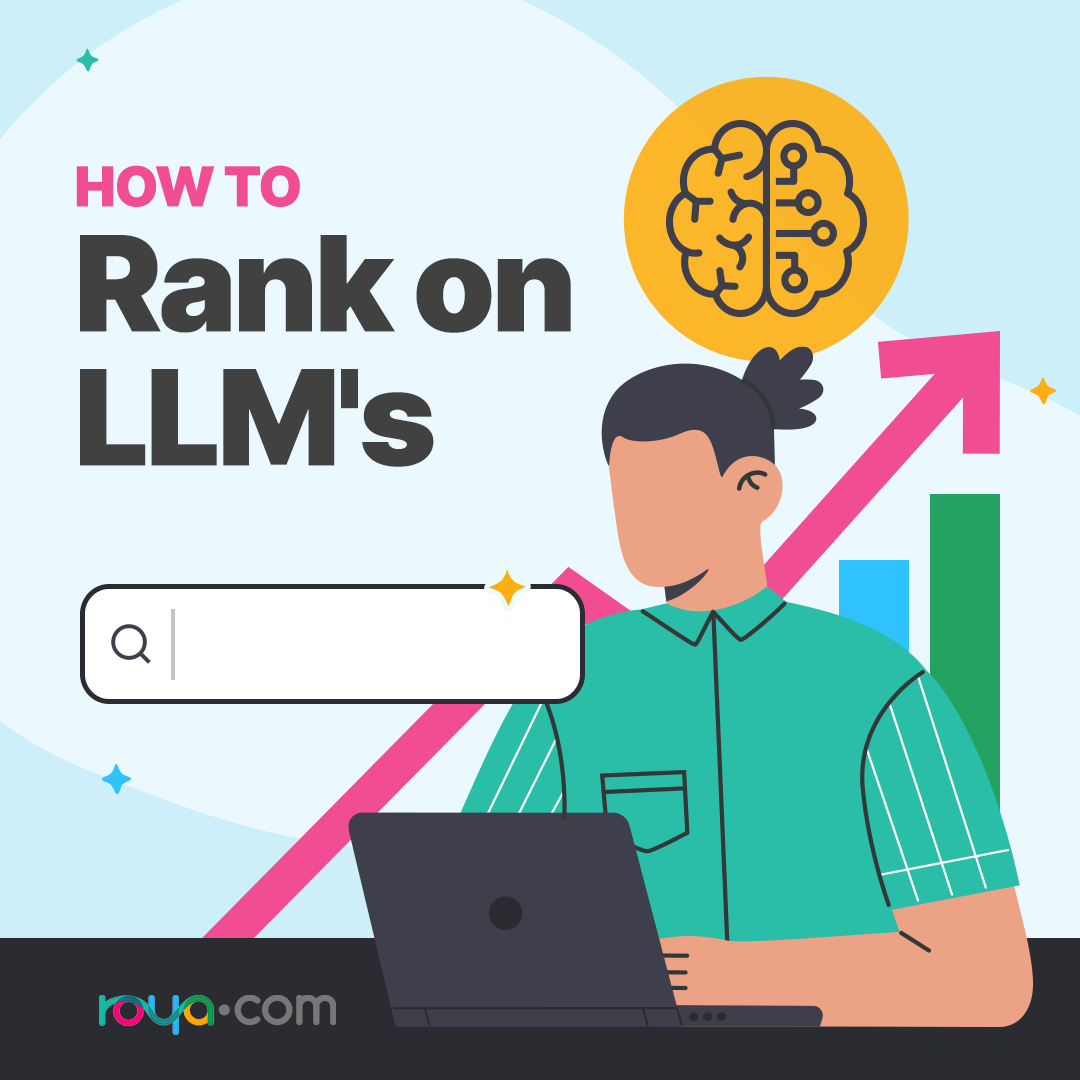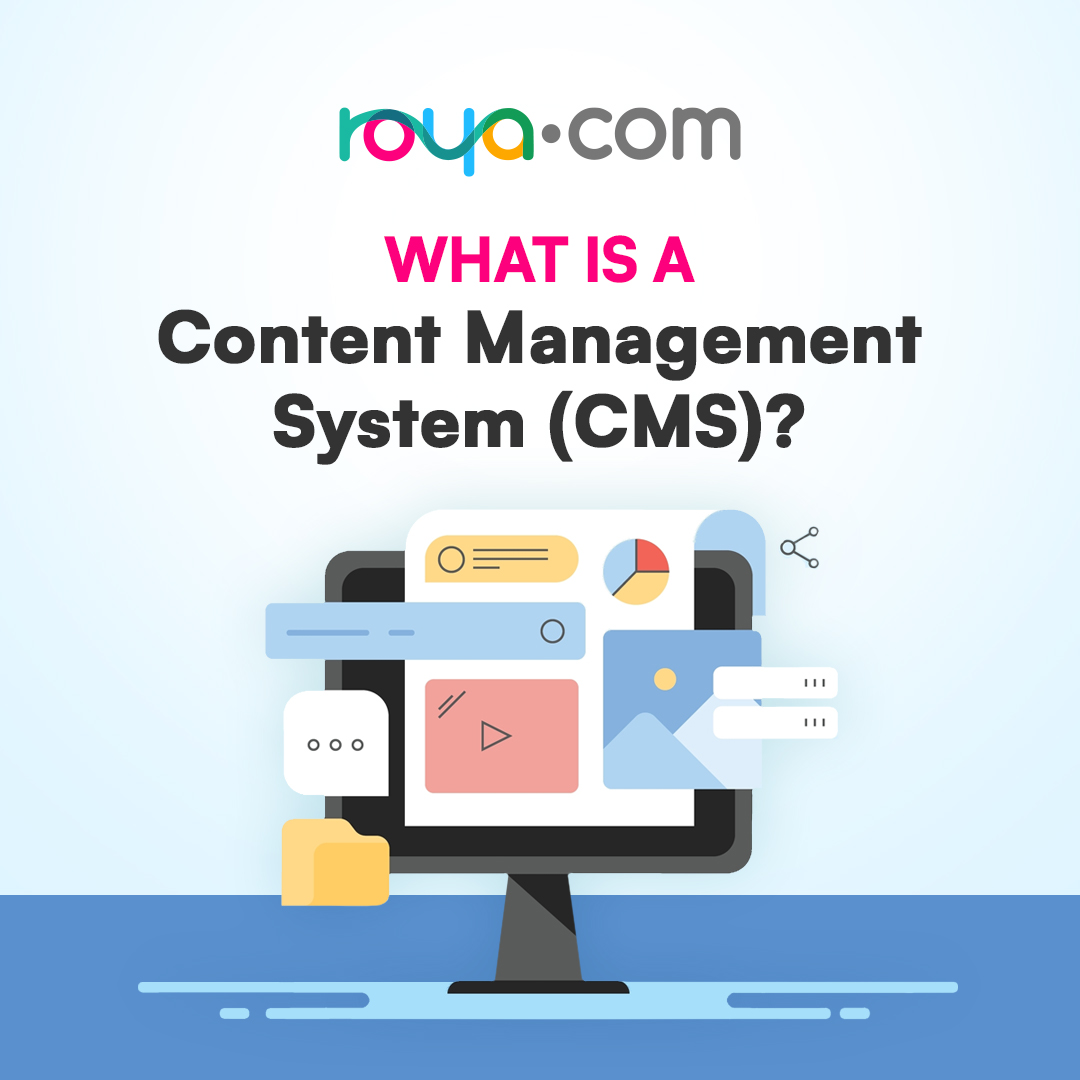Large language models (LLMs) like ChatGPT and Google Gemini are now a crucial part of a modern SEO strategy. Since these AI tools don’t have a traditional ranking system like Google Search, you need to adapt your website to be "AI-friendly" so your content is more likely to be selected, summarized, and cited in their responses. This approach, sometimes called Generative Engine Optimization or Answer Engine Optimization, focuses on making your content clear and authoritative. Welcome to the new era of search engine optimization - SEO for LLM.
1. The LLMs.txt File: Your AI-Specific Sitemap
The llms.txt file is a new, unofficial web standard that helps guide LLMs to your most important content. Think of it as a custom roadmap for AI search engine crawlers, treated like a robots.txt file but handled similarly to a standard sitemap.xml that is on most websites for traditional search engines.
While a traditional robots.txt file tells crawlers what they can’t access, the llms.txt file tells LLMs what they should prioritize. The file is a simple text file, placed in your website's root directory. It contains a list of your most valuable pages, such as your "About Us" page, key service pages, or blog posts, along with summaries for each page. This helps LLMs quickly locate and understand the most authoritative information about your company. Here's an example of what an llms.txt file might look like from Yoast
By providing a detailed LLMs.txt file, you are directly communicating to LLMs which parts of your site contain the most important information you want them to use.
2. Implement Schema Markup for Better Results
Schema markup is a form of structured data you add to your website's header to give search engines and AI systems more context about your content. While it's been a staple of traditional SEO for years, its role in the age of AI is becoming even more crucial. Platforms like Bing have officially confirmed that schema markup helps their LLMs understand content, and for others, such as Google’s AI Insights & Gemini, it’s one of the main components to understanding the content on your website.
By adding schema markup to your site, you are explicitly telling AI crawlers what different pieces of information mean. For example, you can mark up your business's name, address, phone number (NAP), and social media profiles with Organization schema to help LLMs understand who you are. On service or product pages, you can use schema to clearly define questions and answers, making it easier for AI to extract and present that information in its responses.
Here are some key schema types to consider:
Organization Schema: For your homepage and "About Us" page, this defines your company's official name, logo, URL, and contact details.
Article Schema: Use this for your blog posts to specify the headline, author, publication date, and other key metadata.
FAQPage and HowTo Schema: Essential for pages with question-and-answer content or step-by-step guides. This helps AI models pull out specific information directly from your page.
You should add this structured data in the header section of the webpage’s html.
3. SEO for LLM: Create AI-Friendly Content
After the technical elements, the most important aspect of ranking on LLMs is creating high-quality, authoritative content. LLMs are trained on massive datasets and prioritize information that is clear, accurate, and comprehensive.
Here's how to create content that LLMs love:
Write for Humans First: Use a natural, conversational tone. LLMs are built on natural language, so content that is easy for a person to read and understand will be easier for an AI to process.
Demonstrate Expertise, Experience, Authority, and Trust (E-E-A-T): LLMs, like search engines, favor content from trusted sources. Build your authority by showcasing your team's expertise, providing case studies, and getting mentions and backlinks from reputable sources.
Use Lists, Tables, and Bullet Points: LLMs are great at summarizing and extracting information from structured data. Presenting complex information in lists, tables, and bullet points makes it easier for them to identify and use in their own answers.










































































